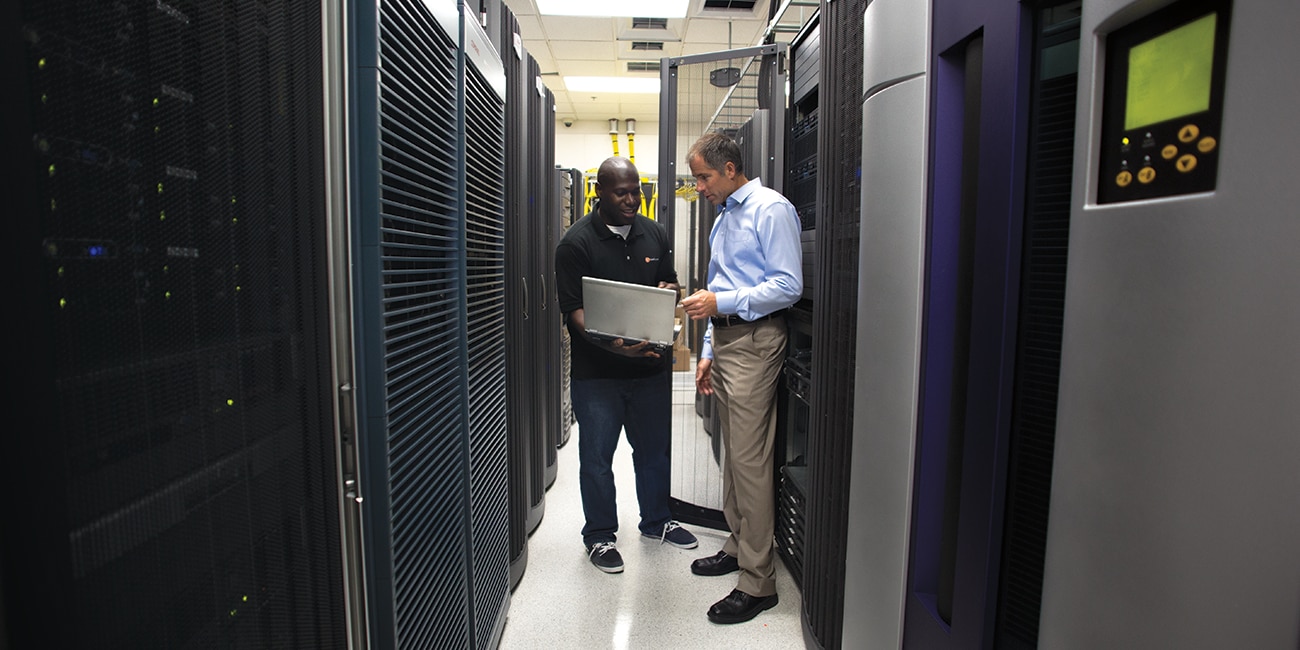Interfaces and Robotics
BD Cato™ is not an isolated application but can be integrated into the existing IT infrastructure of the hospital.

Interfaces and Robotics
BD Cato™ is not an isolated application but can be integrated into the existing IT infrastructure of the hospital.
BD Cato™ has interoperability with external systems, such as:
Easy configuration
BD Cato™ can be adapted to the respective system environment by an Administrator. Communication is either file-based or takes place via TCP/IP. The interface can be linked to several systems simultaneously (e.g. Hospital Information System and the laboratory system) and can therefore receive messages from different systems at the same time.
“The projects conceived by Loccioni aim at developing high-innovative technologies and re-engineering the clinical processes to ensure high-quality medications for patients and safety for healthcare workers.
One of the prime objectives is to make the management of injectable medications safer and more efficient, thereby lowering the risk of medication errors that cause potentially adverse events at any stages of prescription, compouding, and administration to the patients.
In Europe, several hospitals have successfully implemented system interfaces between the robotic compounding systems APOTECA and the medication workflow solutions BD Cato™ in order to close the loop and secure the entire medication-use process. Indeed, the systems have been bi-directionally integrated, thereby ensuring complete traceability, accurate process documentation (patient safety), as well as reduce the risk of occupational exposure to hazardous subastances and repetitive motion injuries of healthcare workers. ”
Demis Paolucci, Ph.D.
Head of the Technical Depts (R&D, Science and Customercare) at Loccioni Humancare
Automatic Import of Patient Data, Including Medical Results, Diagnoses, and Administrative Data.
HL7 is a worldwide established standard for exchanging medical data between different software systems. The BD Cato™ HL7 interface uses this standard to easily connect BD Cato™ to the patient administration system, the laboratory system, or other IT systems in the hospital.
Patient information is directly imported into the BD Cato™ database and no manual entry is necessary. Both physician and pharmacist automatically have e.g. access to the latest medical results of the patient and can therefore utilize the BD Cato™ automated therapy monitoring features to full extent.
The BD Cato™ HL7 Engine runs as a server-side Windows service, receiving HL7 messages and importing the content into the BD Cato™ database. The sending system usually filters down to those patients intended for the BD Cato™ database, with the option of some additional filtering on the BD Cato™ side (e.g. by ward). If the sending system supports HL7 Query (”QRY”), an even more precise patient filter can be applied by searching for patients within the hospital system using BD Cato™ client and selectively import patients.
Currently the BD Cato™ HL7 interface is able to receive the following data using the corresponding HL7 standard:
BD Cato™ Data Export is used for exporting clinical as well as logistic data from BD Cato™.
A number of different formats are supported (CSV, XML, PDF, HL7,..) and can be exported in a file format (network share, SMB, FTP), sent via TCP (e.g. HL7) or using remote function call formats like SAP BAPI or web services. It is designed to run exports as scheduled service or can be triggered manually by a user. A configuration utility allows the authorized user to customize, schedule and batch exports in many ways.
The BD Cato™ Data Export service can be used for e.g. the following purposes:
BD Cato™ Data Import ("CDI") is a server-side interface that periodically checks a Windows file share for CSV files to synchronize lot and inventory information between an inventory / materials management system and BD Cato™.
The CDI interface can be configured with a graphical user interface (GUI). BD Cato™ Data Import is intended to import or synchronize lot and inventory information (with optional import of prices) with an external inventory / materials management system for:
What is BD Care Coordination Engine (CCE)?
CCE is a flexible integration platform that provides your organization with interoperability between many BD products and your health information system.
Core
The CCE Core contains common interfacing functionality used by many BD products. This expandable core is the foundation for current and future solutions. Investment in a common interface platform interconnects BD technologies. CCE enables hospitals to add functionality and devices as they grow.
Solutions
Solutions provide scalable plug-and-play functionality onto the CCE Core to enable interoperability with many BD products. Hospitals can add disparate solutions as the needs arise in the future.
Benefits of CCE
Scalable
Flexible
Secure
Reliable
BD Cato™ also allows you to include robotic compounding devices into the ecosystem. BD Cato™ treats compounding robots as an incremental way to do the actual compounding procedure, in addition to manual volumetric and manual gravimetric. It is integrated into the overall workflow following the same method of inventory management, documentation and reporting. So far BD Cato™ has successfully established integrations with the following robotic vendors: Loccioni Apoteca, Fresenius PharmaHelper, Girfols Kiro and RIVA ARxIUM.
We provide a bi-directional interface with the following capabilities

BD Cato™
BD Cato™ is an integrated software solution that provides support throughout all stages of therapy.

BD Cato™ Prescribe
BD Cato™ Prescribe provides the functionality to enable users to take action wherever therapeutically relevant decisions are made.

BD Cato™ Pharmacy
BD Cato™ Pharmacy provides the functionality for the gravimetric and volumetric preparation of the prescribed medications.

BD Cato™ for TPN
BD Cato™ for TPN offers comprehensive software support for parenteral nutrition and covers the entire proces.

BD Cato™ ReadyMed
BD Cato™ ReadyMed Barcoded Medication Administration digital solution to help ensure hospitals fulfill the rights of medication administration.